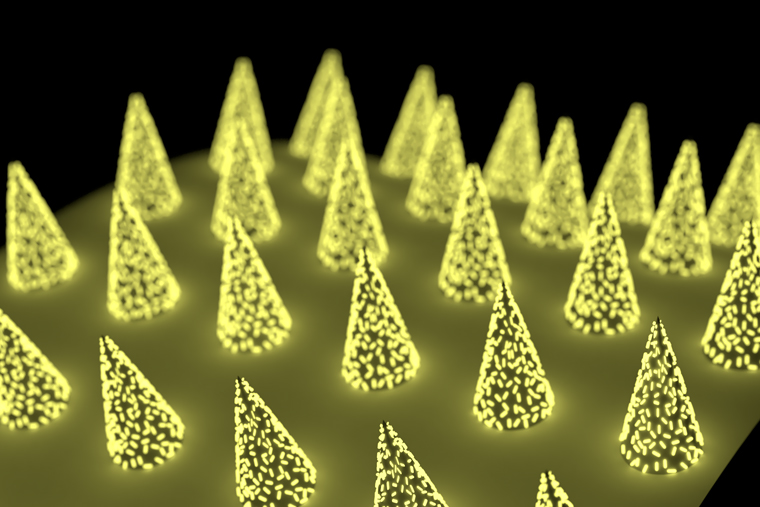
Photo: Getty Images
Biosensing technology developed by engineers has made it possible to create gene test strips that rival conventional lab-based tests in quality. When the pandemic started, people who felt unwell had to join long queues for lab-based PCR tests and then wait for two days to learn if they had the COVID-19 virus or not.
In addition to significant inconvenience, a major drawback was the substantial and expensive logistics needed for such laboratory tests, while testing delays increased the risk of disease spread.
Now a team of bio]medical engineers at UNSW Sydney have developed a new technology offering test strips which are just as accurate as the lab-based detection...
Read More







Recent Comments